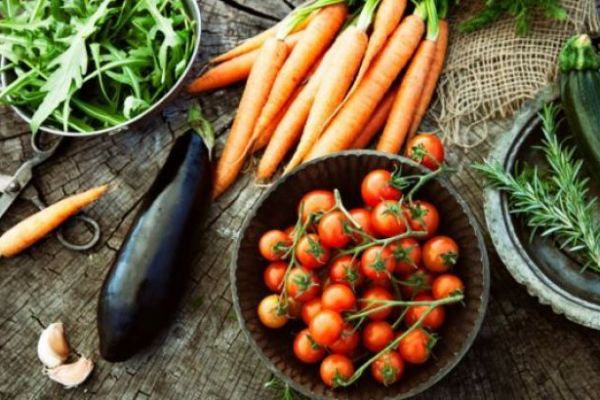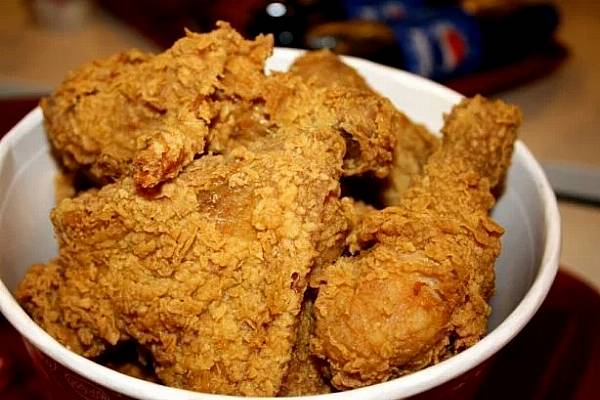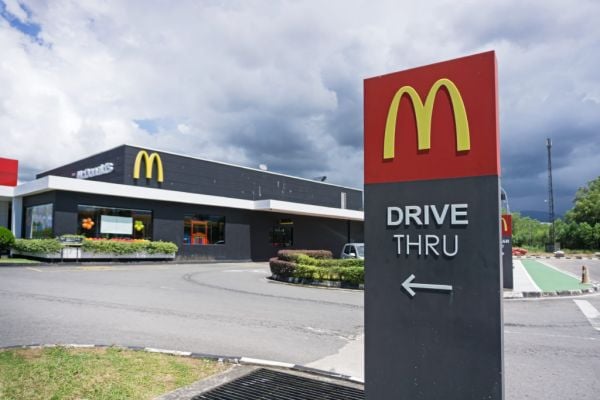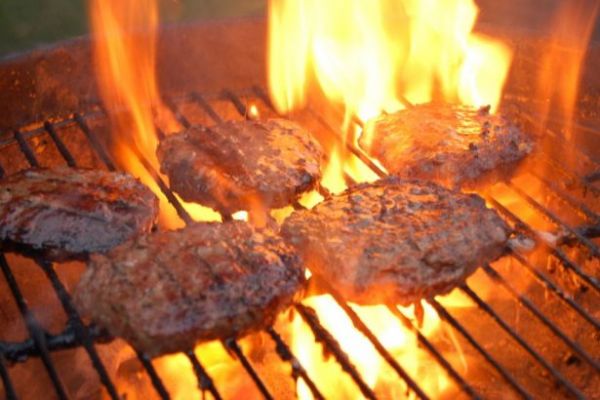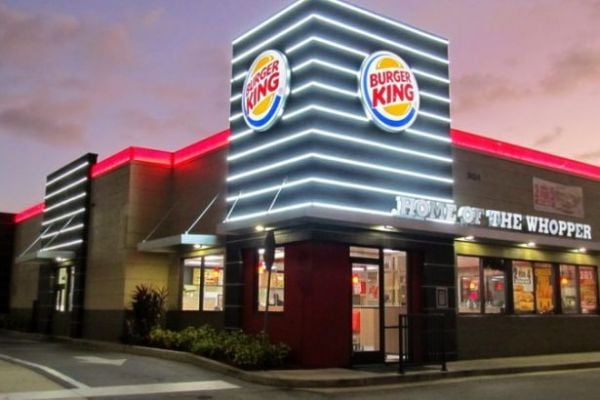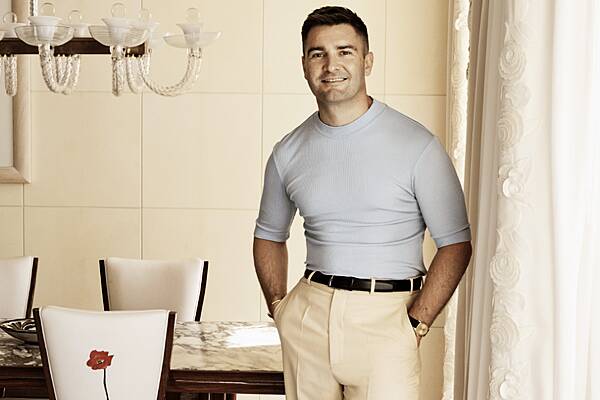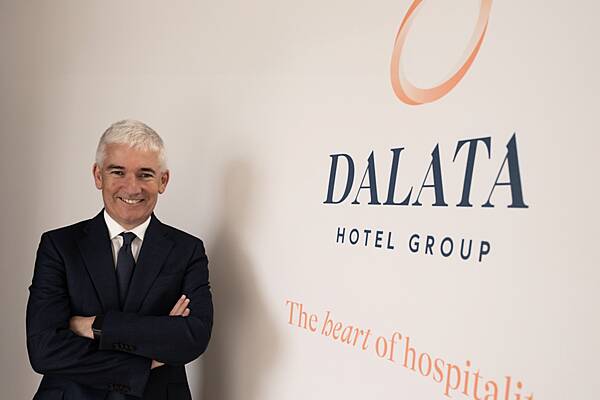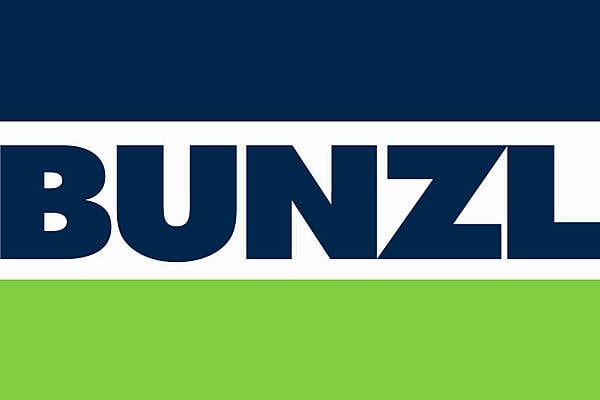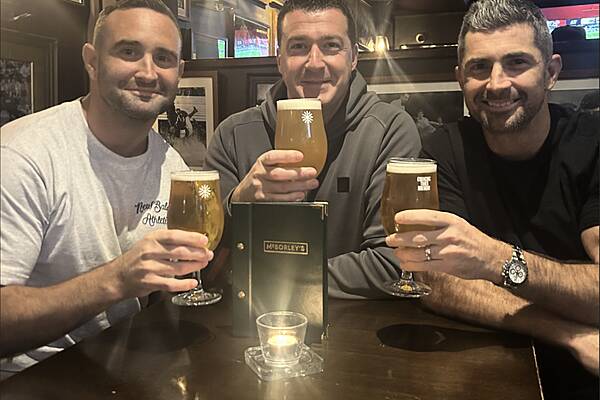Silicon Valley’s newest celebrity chef goes by just one name, Sally. This chef has just one specialty: salad.
Still, Sally will make you the most perfectly proportioned salad you’ve ever eaten: through science. Sally is a green-and-brown robot, a brand-new creation from Chowbotics Inc. (that’s a real name) and a major new player in a potential multi-billion market for food-service robots.
Sally occupies about the same amount of space as a dorm room refrigerator, and uses 21 different ingredients—including romaine, kale, seared chicken breast, Parmesan, California walnuts, cherry tomatoes, and Kalamata olives—to craft more than a thousand types of salad in about 60 seconds, while the customer watches the process. The machine weighs in at 350 pounds, making it more appropriate for industrial settings than for home kitchens at the moment. “Sally will be going on a diet,” said its creator, Deepak Sekar, 35, founder of Chowbotics Inc., looking into his and Sally’s future.
The benefits of Sally are manifold, according to Sekar. “Sally is the next generation of salad restaurant,” he claims, comparing it to chains such as Chopt and Fresh & Co. For one thing, a robot can make salad faster than a human can. Also, you will know precisely how many calories your salad is delivering; there won’t be the problem of consuming one piled high with garnishes that turn out to be more fattening than a burger. And it’s more hygienic to have a machine prepare your salad than to have multiple people working on a line—or worse still, a serve-yourself salad bar.Sally does require a human set of hands to prep the ingredients that go into its canisters, which are then installed in the robot. (Sekar called the process of chopping ingredients in the machine "too complicated right now," although it's something he promises for the future; he offered an analogy: "It's like paper getting stuck in a printer; it shuts down the process.") This spring, Sally will debut in Silicon Valley, at Mama Mia’s, a fast-casual restaurant in Santa Clara, Calif., and at the corporate cafeteria at H-E-B Grocery Co. in Texas. The public launch will come on April 13 at co-working space Galvanize in San Francisco, where the public will be able to order Sally's salads.
Sally’s current list price is $30,000; there will be an option to lease one for about $500 per month. Chowbotics will start delivering pre-orders of Sally in the third quarter.
Sekar hopes to see Sally installed soon in hotels, where business people check in late and room service is dreary, as well as at convention centers, airports, and gyms. Sally will be a key amenity for fast food chains such as McDonalds, exponentially expanding the array of fresh offerings. “If a location installs Sally, they’ll have a thousand kinds of salad, using fresh ingredients, while their kids are eating Big Macs and fries.” He noted that the ingredients are fresh and kept in refrigerated compartments—stored better than at many salad bars. And then there's the millennial-oriented, ‘eat-o-tainment’ opportunity of watching a salad be assembled by a machine.
According to Sekar’s plans, Sally’s next incarnation will be as an instantaneous deliverer of ethnic foods—Chinese, Mexican, or Indian—possibly even breakfast, depending on the demand. Much farther down the line, Sekar envisions home versions of Sally. “Remember the first computers in the ‘60s were the size of a room. An affordable home food robot might not take decades to create, but it won’t be next year.”
Sekar built the first prototype of Sally in 2014. “ I’ve always believed that cooking is fun. But during the week, life is so rushed between work and family. When I looked at time I spent cooking, 85 percent was spent doing repetitive tasks, like chopping. I wanted to do something else with that time.” His first robot focused on prepping the Indian food that he and his wife cooked at home, such as spiced, fried cauliflower. The owner of more than a dozen McDonald's in the San Jose area, Cosme Fagundo, was impressed enough to help Sekar bring it to market.
Chowbotics has $6.3 million in funding from such notable venture capital sources as Techstars and Foundry, the company behind Fitbit and 3D printers. “The machine I created for Indian cooking looked like a modified 3D printer,” noted Sekar. “But instead of plastic shapes, it was making food.” Now Rich Page is executive chairman at Chowbotics; Page built some of the first Macs at Apple, and worked with Steve Jobs at NeXT. “Sometimes he’ll look over my shoulder and say, ‘Steve made that same mistake 20 years ago, so I think I’m doing something right,” laughed Sekar.
He’s also brought in Google’s original chef, Charlie Ayers (employee No. 56) to be Chowbotics's executive chef.
Ayers, who owns Calafia Café in Palo Alto, Calif., is a salad specialist who is also used to making food in mass quantities. (By the time he left Google, in 2006, Ayers was serving 4,000 lunches and dinners a day in 10 cafes across the Google campus.)
“A few of the things that I love about robots is that they don’t come in late, they don’t talk back, and they’re always accurate,” said Ayers over the phone. “And the labor savings.”
Ayers doesn’t lose sleep over the inevitable loss of kitchen jobs in Silicon Valley “I don’t feel like I’m betraying my brothers and sisters by replacing them,” he said, resolutely. “It’s happening in every industry now. You can either fight it, or be on the team that makes it happen.” He added: “People will find other things to do. Like fixing salad-making robots.”
At Google, Ayers said, he first entertained the idea of a food robot. “Engineers are notorious for never launching anything on time. They’d come down and see me in the kitchen, and I was always on time. They said, ‘Imagine what you could do with a robot.’” When Sekar approached him, he got on board.
Ayers and fellow former Google chef Kelly Olazar have since programmed a few specialty salads. These include:
Sally’s Salad (romaine with cherry tomatoes, cucumbers, carrots, walnuts, Parmesan, and black peppercorn ranch)
The Power Chow Salad (kale with cabbage, sun-dried cranberries, walnuts, and honey mustard vinaigrette)
The Silico Valley Salad (seared chicken breast with kale, mixed bell peppers, olives, crunchy wonton chips, and honey mustard).
The few items you won’t find in a Sally-made salad include, curiously, avocado—one of California’s signature ingredients. "It doesn't interact well with the machine," explained Ayers, presumably because the soft flesh makes it hard to apportion via automation. Sliced cucumbers are missing, too, though Sally can dice them. Chopped salad is off the list. And though Sally is currently stocked with romaine, Parmesan, and croutons, there's no Caesar salad dressing—yet. Sally's ingredients will change periodically, so the team reported that Sally might soon be dispensing Caesar salads.
News by Bloomberg, edited by Hospitality Ireland
